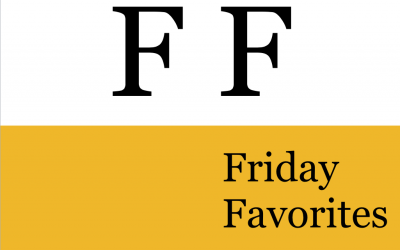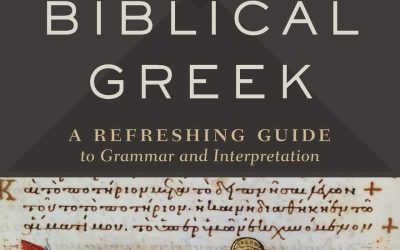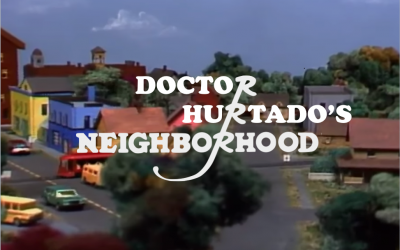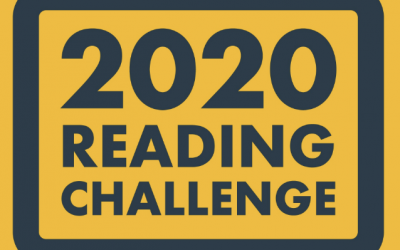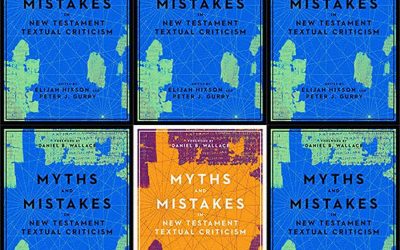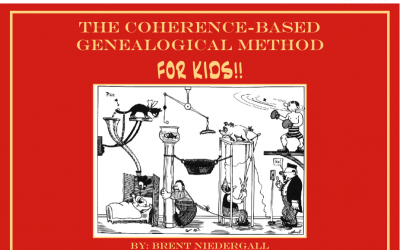A feather in your theological cap.
The personal blog of pastor, grammarian, and runner Brent Niedergall
Friday Favorites (20 DEC 19)
Findings From Around The Web To Butter Your Grits Stephen Kneale analogizes from soccer to underline the importance of balancing underwork and overwork in the church in When Doing Less May Be Doing More. Chris Fresch talks problems and solutions for biblical language...
Why the Movie is Better than the Book (Sometimes)
The often profound Seth Lewis recently shared a reflective post on why books beat movies (check it out here; he has a way with words). But is this always the case? What would it take for a film to outrank its printed counterpart? I have heard Lord of the Rings fans...
Book Review: Exegetical Gems from Biblical Greek
“Use it or lose it” doesn’t just apply to corporate budgets, Flexible Spending Accounts, and high school Spanish (¡Lo siento Señora LaRosa!). It’s the well-known reality of many with a few semesters of Greek under their belt. So here’s a book for anyone who wants to...
Jesus Devotion Early and Modern
Introduction Like many Americans around my age, I grew up watching Mister Rogers’ Neighborhood. I was a fan. And sometime after Fred Rogers' death, I read about how he made it a point to respond to every letter he received from his fans. It made me wish I would have...
Consider a Reading Challenge
Tim Challies recently posted a slick 2020 Christian Reading Challenge. It looks like he has worked to refine this over the past few years, and it's a great idea. Reading is an excellent use of time, despite whether or not you're...
Book Review: Myths and Mistakes in New Testament Textual Criticism
Introduction To introduce a book review with another book, when Carlo Levi arrives in a remote Italian town, as recounted in Christ Stopped at Eboli, he finds dismal provisions for the medical care of the townspeople. Although there are two local doctors, neither has...
Thankful for Systematicians
I haven’t seen the hard data to support this, but I get the sense that few pastors continue to spend time reading systematic theology after they graduate from seminary. Maybe I’m wrong. Hopefully so, because reading theology is a valuable use of the pastor’s time. And...
The Simplest Explanation of the Coherence-Based Genealogical Method?
Despite its forbidding name and associated jargon, conceptually, the CBGM is not as complicated as everyone makes it out to be. Essentially, it is all about the direction of flow between readings. The user makes anterior/posterior decisions on all the variants. The CBGM uses the power of computers to incorporate all of those directional decisions and reveal their combined influence on relationships between textual witnesses. You might choose one direction between readings (and the witnesses which contain those readings) in one instance and then choose another direction between readings that reflect a different direction between some of those witnesses. Based on the consistency of the resulting textual flows between witnesses, the user can then make subsequent passes to adjust their textual decisions to harmonize where directions conflict.
